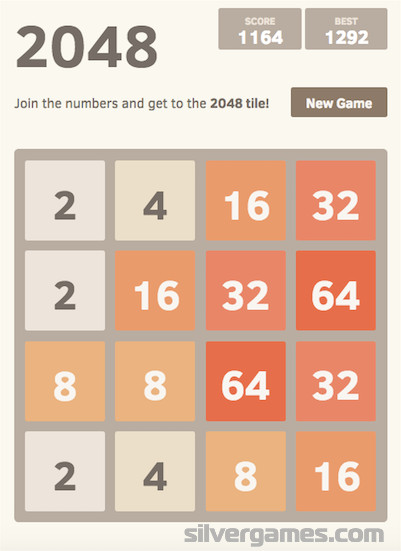
Or, with a tip of the fedora to Mr Andy Clarke, you can get hard-boiled and start designing with the best features out there right this instant. You can make excuses and pooh-pooh 3-D transforms because they’re too hard and only snobby Apple fans will see them today. Transforming in three-dimensions now will guarantee you’ll be ahead of the game when the other browsers catch up. Both specifications have since been adopted by Mozilla and Opera. The CSS 3-D transforms module was developed by the same team at Apple that produced the CSS 2D Transforms and Animation modules. Use it.Įven with these difficulties mounting up, trying out 3-D transforms today is the right move. But seriously, it’s the best way to test for CSS 3-D transform support. Here’s the part of the article where I mention Modernizr, and you brush over it because you’ve read this part of an article hundreds of times before. We’re prepared to devise multiple solutions. But what’s another hurdle in a steeplechase? We web folk have had our mettle tested for years. Unless the transform is relatively simple and holds up in non-3D-supporting browsers, you’ll most likely have to design another solution. I’ll give it to you straight: missing the dimension of depth can make degradation a bit ungraceful. This all adds up to a bit of a challenge for those of us excited by 3-D transforms. Chrome team member Paul Irish, says that 3-D transforms are on the horizon, perhaps in one of the next 8.0 releases. To make matters more perplexing, Safari’s WebKit cousin Chrome currently accepts 3-D transform declarations, but renders them in 2-D space. And our best friend Internet Explorer still needs to catch up to 2-D transforms before we can talk about the 3-D variety. Mike Taylor tells me that the Opera team is keeping a close eye on CSS transforms, and is waiting until the specification is fleshed out. The Mozilla team has taken some initial steps towards implementing the module. The support roadmap for other browsers varies.
#Cool math games cube flip mac os x#
Currently, only Safari supports the specification – which includes Safari on Mac OS X and Mobile Safari on iOS. The CSS 3D Transforms module has been out in the wild for over a year now. We can also use them to solve dilemmas and make our applications more intuitive. When you’re looking at the last slide, what cues tip you off that advancing will restart the cycle at the first slide? A better paradigm might be achieved with a 3-D transform, placing the slides side-by-side in a circle (carousel) in three-dimensional space in that arrangement, the last slide obviously comes before the first.ģ-D transforms are more than just eye candy. This informs the user that the interface has two – and only two – views, as they can exist only on either side of the same plane.įlipping from details view to options view via a 3-D transitionĪlso, consider slide shows. Switching between these two views is done with a 3-D flip transition. The application uses two views: a details view and an options view. Take, for instance, the Weather App on the iPhone. Nevertheless, there are plenty of opportunities to use 3-D transforms in between interactions with the interface, via transitions. I fail to find a benefit to completing a web form that can be accessed by swivelling my viewport to the Sign-Up Room (although there have been proposals to make the web just that). CSS was built to style documents, not generate explorable environments. But before we start tacking 3-D diamonds and rubies to our compositions like Liberace‘s tailor, we owe it to our users to ask how they can benefit from this awesome feature.Īn entire application should not take advantage of 3-D transforms. Like a beautiful jewel, 3-D transforms can be dazzling, a true spectacle to behold.


Finally, we meagre front-end developers have our own three-dimensional jewel: CSS 3-D transforms! Rationale On the web, there are already several solutions: Flash three.js in and, eventually, WebGL. Granted, the capability of rendering complex 3-D environments has been present for years. Where is our 3-D virtual reality? By now, we should be zipping around the Metaverse on super-sonic motorbikes.

But c’mon – 2011 is right around the corner. Sure, Apple debuted a few apps for OSX 10.7 that have a couple more 3-D flourishes, and Microsoft has had that Flip 3D for a while. Ladies and gentlemen, it is the second decade of the third millennium and we are still kicking around the same 2-D interface we got three decades ago.


 0 kommentar(er)
0 kommentar(er)
